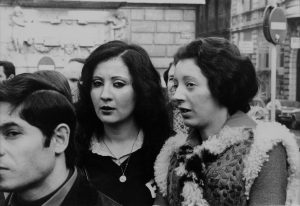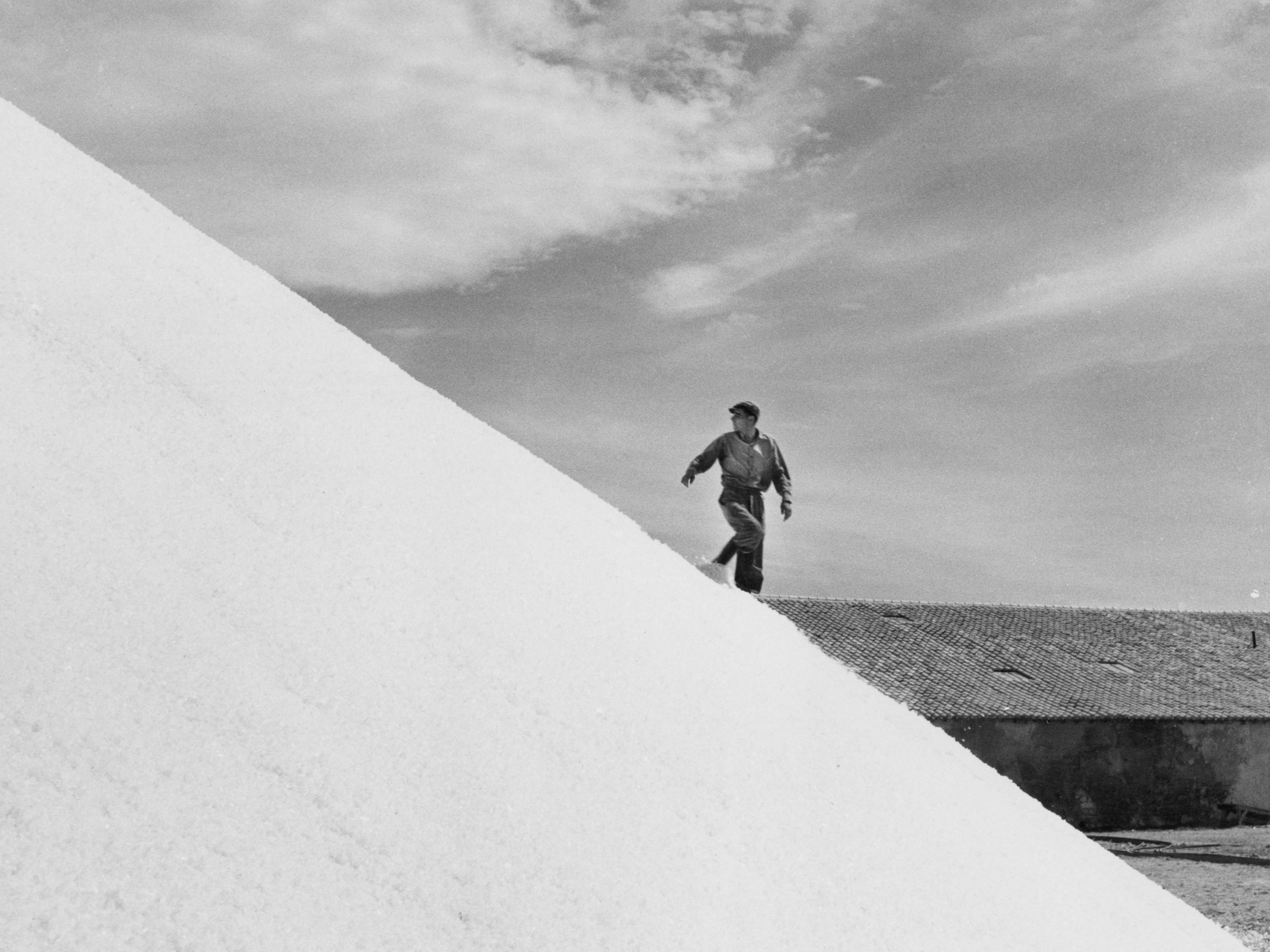
JEAN-LOUIS SCHOELLKOPF
The documentary issue
Original Exhibition
Curators : Anne Lacoste with Carole Sandrin
With the collaboration of the Centre national des arts plastiques
Production : Institut pour la photographie
For more than fifty years, Jean-Louis Schoellkopf (born in 1946) has been developing a photographic corpus devoted to the end of the industrial era, working-class culture and the transformation of the urban landscape.
A study of his archives, donated to the Institut, reveals his economical, but no less demanding, practice of photography. Jean-Louis Schoellkopf works using large and medium format cameras, often on a tripod, with a long exposure time, and limits his shoots to just a few images. The variety and quality of his prints are part of the artisanal tradition of the printer-photographer. His minimalist presentation also allows the materiality of his photographs to be appreciated.
This initial exhibition offers a selection of personal and commissioned work devoted to portraits and the city, including his installation presented at Documenta X in Cassel in 1997. Jean-Louis Schoellkopf is particularly sensitive to the reality of spaces. His portraits follow an identical protocol: he photographs his subjects in their familiar environments – work or home – while letting them pose freely. His approach to the urban landscape restores a collective experience and offers an intelligible interpretation of urban history, constantly reshaped by human activity.
His projects are also an opportunity to explore the documentary capacities of photography through various techniques. The images, arranged in typological series, bring out the distinct signs of a community, a profession or a culture, while expressing the singularity of the subjects. More varied compositions, associating different registers, present a larger examination of the theme in question. Finally, his sequential work makes it possible to make logical connections between the configuration of distinct places, and to produce the tangible experience of one’s own exploration of the urban landscape. Schoellkopf’s corpus attests to the approach of an author mingling empathy and a sharp gaze.


